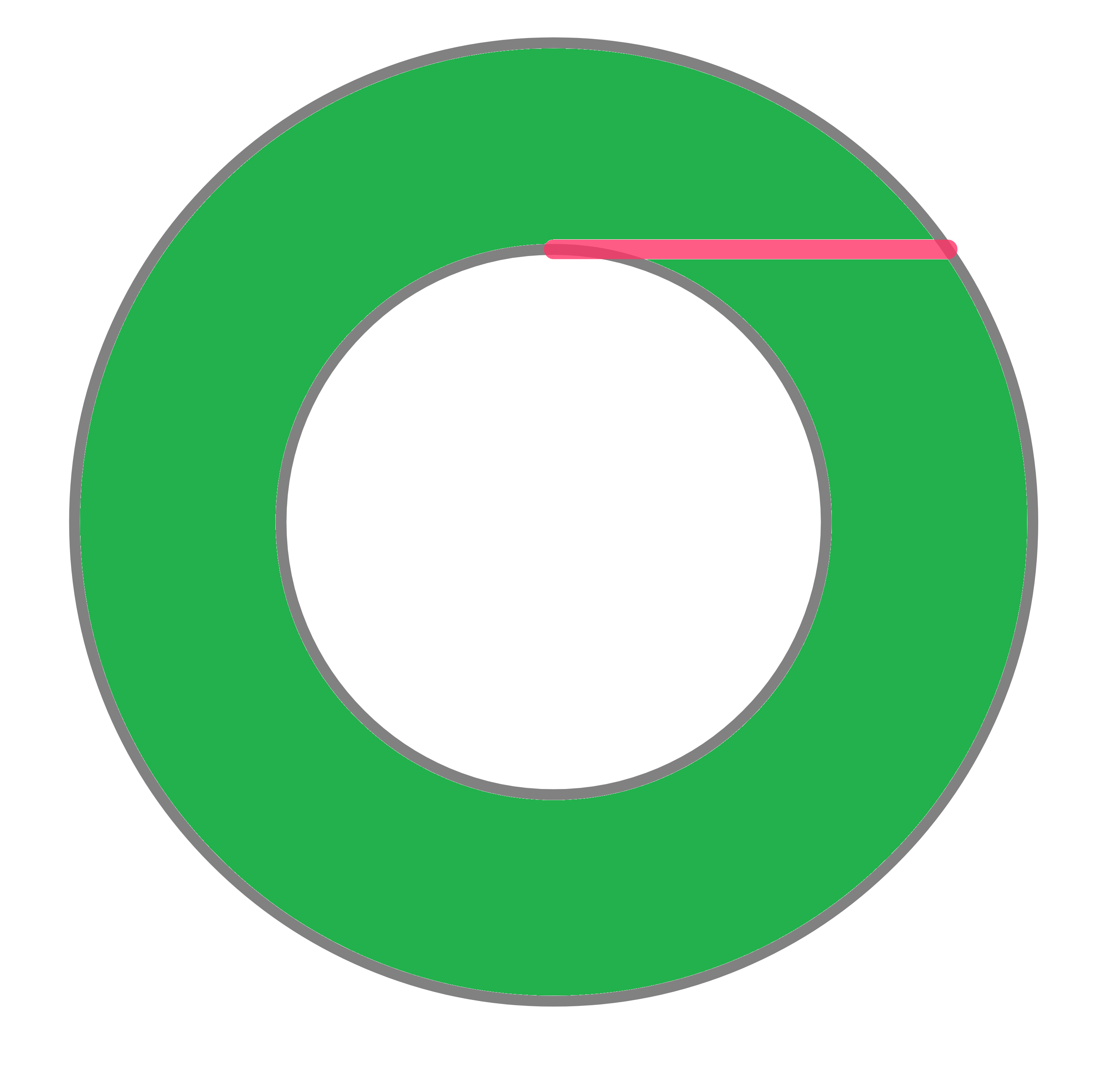Problems
We create some segments in a regular \(n\)-gon by joining endpoints of the \(n\)-gon. What’s the maximum number of such segments while ensuring that no two segments are parallel? The segments are allowed to be sides of the \(n\)-gon - that is, joining adjacent vertices of the polygon.
The circles \(\sigma_1\) and \(\sigma_2\) intersect at points \(A\) and \(B\). At the point \(A\) to \(\sigma_1\) and \(\sigma_2\), respectively, the tangents \(l_1\) and \(l_2\) are drawn. The points \(T_1\) and \(T_2\) are chosen respectively on the circles \(\sigma_1\) and \(\sigma_2\) so that the angular measures of the arcs \(T_1A\) and \(AT_2\) are equal (the arc value of the circle is considered in the clockwise direction). The tangent \(t_1\) at the point \(T_1\) to the circle \(\sigma_1\) intersects \(l_2\) at the point \(M_1\). Similarly, the tangent \(t_2\) at the point \(T_2\) to the circle \(\sigma_2\) intersects \(l_1\) at the point \(M_2\). Prove that the midpoints of the segments \(M_1M_2\) are on the same line, independent of the positions of the points \(T_1, T_2\).
A maths teacher draws a number of circles on a piece of paper. When she shows this piece of paper to the young mathematician, he claims he can see only five circles. The maths teacher agrees. But when she shows the same piece of paper to another young mathematician, he says that there are exactly eight circles. The teacher confirms that this answer is also correct. How is that possible and how many circles did she originally draw on that piece of paper?
The marked pink segment (tangent to the inner circle) has length \(1\). Find the area of the green annulus.

There are 25 points on a plane, and among any three of them there can be found two points with a distance between them of less than 1. Prove that there is a circle of radius 1 containing at least 13 of these points.
Several chords are drawn through a unit circle. Prove that if each diameter intersects with no more than \(k\) chords, then the total length of all the chords is less than \(\pi k\).
Several circles, whose total length of circumferences is 10, are placed inside a square of side 1. Prove that there will always be some straight line that crosses at least four of the circles.
On a circle of radius 1, the point \(O\) is marked and from this point, to the right, a notch is marked using a compass of radius \(l\). From the obtained notch \(O_1\), a new notch is marked, in the same direction with the same radius and this is process is repeated 1968 times. After this, the circle is cut at all 1968 notches, and we get 1968 arcs. How many different lengths of arcs can this result in?
In a regular polygon with \(25\) vertices, all the diagonals are drawn.
Prove that there are no nine diagonals passing through one interior point of the shape.
Three circles are constructed on a triangle, with the medians of the triangle forming the diameters of the circles. It is known that each pair of circles intersects. Let \(C_{1}\) be the point of intersection, further from the vertex \(C\), of the circles constructed from the medians \(AM_{1}\) and \(BM_{2}\). Points \(A_{1}\) and \(B_{1}\) are defined similarly. Prove that the lines \(AA_{1}\), \(BB_{1}\) and \(CC_{1}\) intersect at the same point.